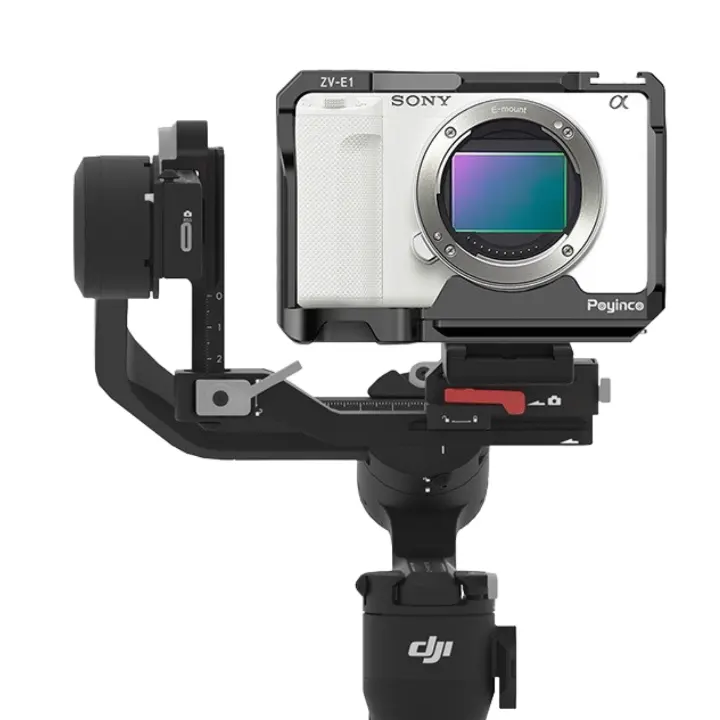

Time:2025-03-19 Views:1

Motorcycle camera mounts come with a range of specifications that are crucial for ensuring proper functionality and compatibility with different motorcycles and cameras.
Mounting Compatibility
One of the key specifications is mounting compatibility. As mentioned earlier, handlebar - mounted models need to be compatible with different handlebar diameters. The clamp - size range is an important specification. For example, some mounts can fit handlebars with diameters ranging from 22mm to 32mm. This wide range ensures that they can be used on a variety of motorcycles, from small - displacement scooters to large - sized touring bikes. Helmet - mounted models need to be compatible with different helmet designs. Adhesive - based mounts should be able to bond well with different helmet materials, such as fiberglass, carbon fiber, or polycarbonate. Clip - on helmet mounts need to have a design that can securely attach to various helmet visor types and sizes. Frame - mounted models need to be compatible with the specific frame geometry of the motorcycle. They should have mounting points and brackets that can be easily installed on the frame without interfering with other components.
Load - Bearing Capacity
The load - bearing capacity of the camera mount is another important specification. This refers to the maximum weight of the camera that the mount can support. Different cameras have different weights, and it's essential that the mount can handle the weight securely. For example, a basic action camera may weigh around 100 - 150 grams, while a more advanced, larger - sized camera could weigh 300 grams or more. Motorcycle camera mounts should be able to support the weight of the camera without sagging or becoming unstable during rides. High - quality mounts often have a clearly stated load - bearing capacity, and it's recommended that riders choose a mount with a capacity that exceeds the weight of their camera to ensure safety and stability.
Adjustability
The adjustability of the camera mount is also specified. Handlebar - mounted models may have a specified range of tilt and pan adjustment. For instance, they could offer a tilt range of up to 180 degrees and a pan range of 360 degrees. This allows riders to precisely position the camera. Helmet - mounted models may have a more limited but still useful adjustability. Some may be able to adjust the angle of the camera by up to 45 degrees, which is sufficient for most first - person view recordings. Frame - mounted models, although having more limited adjustability compared to handlebar - mounted ones, may still offer a small degree of tilt adjustment, perhaps around 10 - 20 degrees, to fine - tune the camera's position.
Read recommendations:
motorcycle camera mount kit Wholesale market